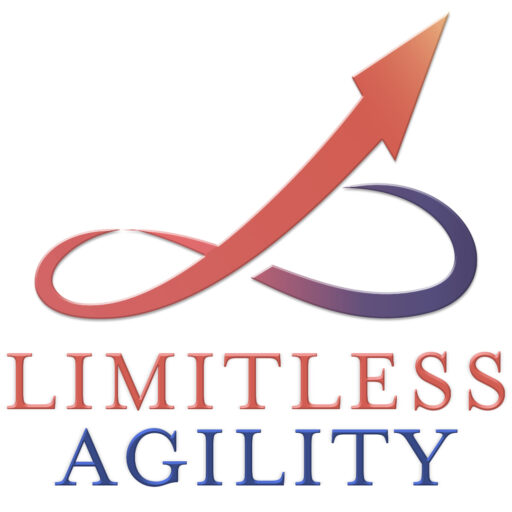Scrum has RARE!

The definition of rare in Merriam-Webster is ‘marked by unusual quality, merit, or appeal’. Yes, this meaning is true for Scrum because of its merit and appeal in creating value quickly for product development. I am using the mnemonic RARE to define that:
Scrum has
- Rules
- Artifacts
- Roles and
- Events
We will focus on some of the rules of Scrum that bind the artifacts, roles and events in the blog post.
The Scrum frame-work is very simple to understand and is not a silver bullet. The frame-work with the above mnemonic allows us to share the common language to communicate precisely and quickly to help the teams achieve their goals. The Scrum guide mentions that “the rules of Scrum bind together the events, roles, and artifacts, governing the relationships and interaction between them.”
Scrum has three artifacts
- Product Backlog
- Sprint Backlog
- Product Increment
Scrum has three roles
- The Development Team
- The Product Owner
- The ScrumMaster
Scrum has four events
- Sprint Planning
- The Daily Scrum
- Sprint Review
- Sprint Retrospective
Let’s take a look at some of the rules. This is not an exhaustive list but I am listing some of the important ones from each section above and for a Sprint.
Sprint– The heart of the Scrum is a Sprint, a time-box to create a potentially shippable product increment.
- The length of each Sprint remains the same.
- Each Sprint has all the meetings starting with a Sprint Planning, Daily Scrum, Sprint Review and ending with a Sprint Retrospective meeting.
- There is no break between Sprints.
Artifacts – In Scrum, artifacts are defined so they provide maximum transparency and a common understanding of the artifact.
- Product backlog items are ordered and ranked uniquely in a sequence. There are no two product backlog items with the same rank or sequence.
- The Sprint backlog is owned by the Development Team. Only the Development Team can change the Sprint backlog during a Sprint.
- The Product increment must be “done” at the end of each Sprint and must be in useable condition. According to the Scrum Guide product increment must be in useable condition regardless of whether the Product Owner decides to actually release it.
Roles – The Scrum teams are self-organizing and cross-functional
- The optimal Development Team size is between 3 and 9 (6+/-3).
- The Product Owner is the sole person responsible for managing the Product Backlog. Responsible for maximizing the ROI on product.
- The ScrumMaster is the process owner and can enforce time-boxes for Scrum Events.
Events – In Scrum, all events are time-boxed and every event has a maximum duration. Maximum duration varies depending on the type of event.
- The Sprint Planning is time-boxed to a maximum of 8 hours for a one month Sprint. For shorter Sprints, the time-box is adjusted – for example, for a 2-week Sprint, the Sprint Planning meeting is time-boxed to 4 hours.
- During the Daily Scrum, only people who are taking tasks – the development team members participate in the daily Scrum. The ScrumMaster enforces this rule.
- All the stakeholders are invited to the Sprint Review Event. This is not a status meeting.
- Sprint Retrospective is the last event in a Sprint, done soon after the Sprint Review.
Conclusion – The rules of Scrum bind together the events, roles, and artifacts, governing the relationships and interaction between them.” It’s important for Scrum Teams to follow these rules to get the full benefit of Scrum. Teams trying to tweak or modify the rules may not find the full benefit or may find it difficult to transition to an agile team.

